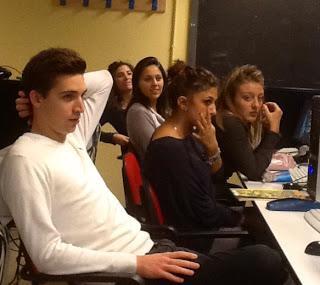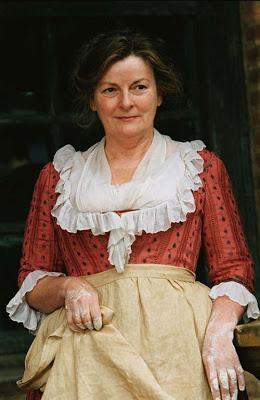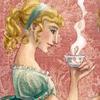
My students listening to one of their mates' lessons
I've been working on Jane Austen's novels with my students these days and you can only imagine what bliss that can be for me. Northanger Abbey, Pride and Prejudice and Persuasion are the novels we've been reading extracts from and working on. Now in one of the two class groups, they are going to read Emma - the whole novel - with their Italian teacher and, of course, we will discuss it in English together in my lessons after they finish. (You can find some of the materials and videos we used at my other blog LEARN ON LINE:1. My Students give their lessons: Persuasion by Jane Austen, 2. Pride and Prejudice Part I 3. Pride and Prejudice Part II 4. Born to Be a Heroine: Watching Jane Austen's Northanger Abbey ) We discussed several issues like marriage, propriety and decorum, money and power, education of men and women in the Regency but we also learnt something about irony and characterization in fiction. This is what I wanted to share here tonight, something about characterization: flat characters and round characters. The difference was stated by the novelist E. M. Forster (I love all his novels!) in his work Aspects of the Novel (1927)
Flat Characters
 Flat characters, which can also be called "types" or " caricatures", are built around a single psychological trait or quality.
Flat characters, which can also be called "types" or " caricatures", are built around a single psychological trait or quality.They are easy to recognize and do not develop throughout the story, even if they experience different relationships and situations. However, this does not mean they are always artistically inferior to round characters. As a matter of fact, the author can use them to create a particular atmosphere inside a complex narrative frame. Flat characters can be easily presented in a few sentences as in the case of Mrs Bennet in Pride and Prejudice:
She was a woman of mean understanding, little information, and uncertain temper. When she was discontented she fancied herself nervous. The business of her life was to get her daughters married; its solace was visiting and news.
There is Mrs Bennet. Whatever she does and wherever she goes, she remains the same. Flat characters are best when they are comic. Just think of Miss Bates, Mr Woodhouse or Mr Collins. They may become boring when they perform tragically.
Round Characters
Round characters are more complex and have more than one facet, like human beings:
- they pass through the crucial events of the story and are remembered by the reader in connection with those scenes
- their personality is modified by experience, they are likely to influence the development of the story, and are fit to surprise the reader in a convincing way
- they bring the variety of real life within the pages of a book, performing both comic and tragic roles

An effective example of round character is provided by the figure of Elizabeth in Pride and Prejudice . When in chapter XXXVI she realises she has been prejudiced and partial towards Mr Darcy, she says:
"Till this moment, I never knew myself"
Lizzy is not the same girl the reader met in the first chapters of the novel, she's a new woman, whose choices and behaviours have affected the lives of the people around her, a heroine who has evolved and become aware of her real feeling.
(Notes from M. Spiazzi - M. Tavella, Only Connect ... New Directions, vol.2, Ed. Zanichelli, 2009) Who are your favorite flat or round characters in Jane Austen's world?

